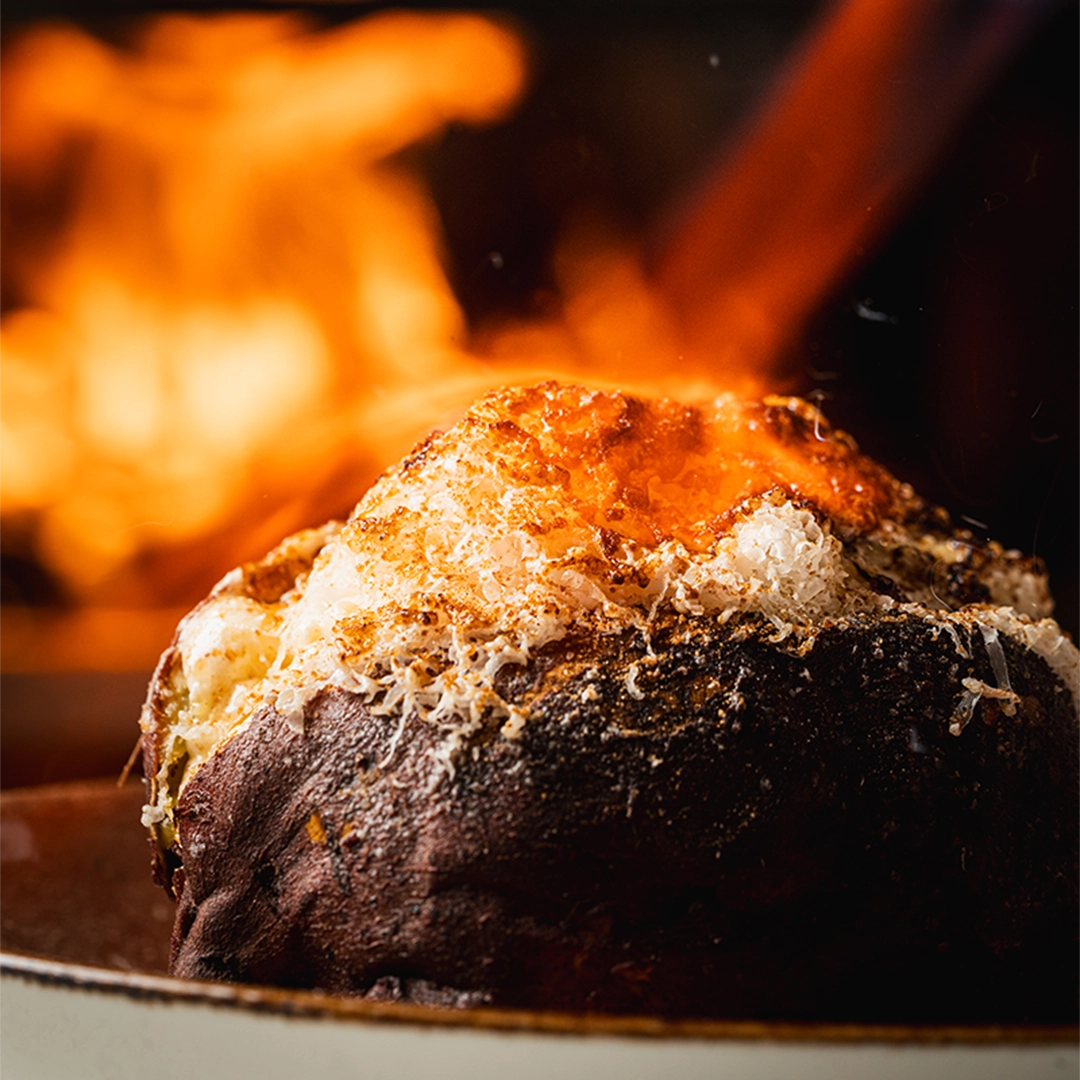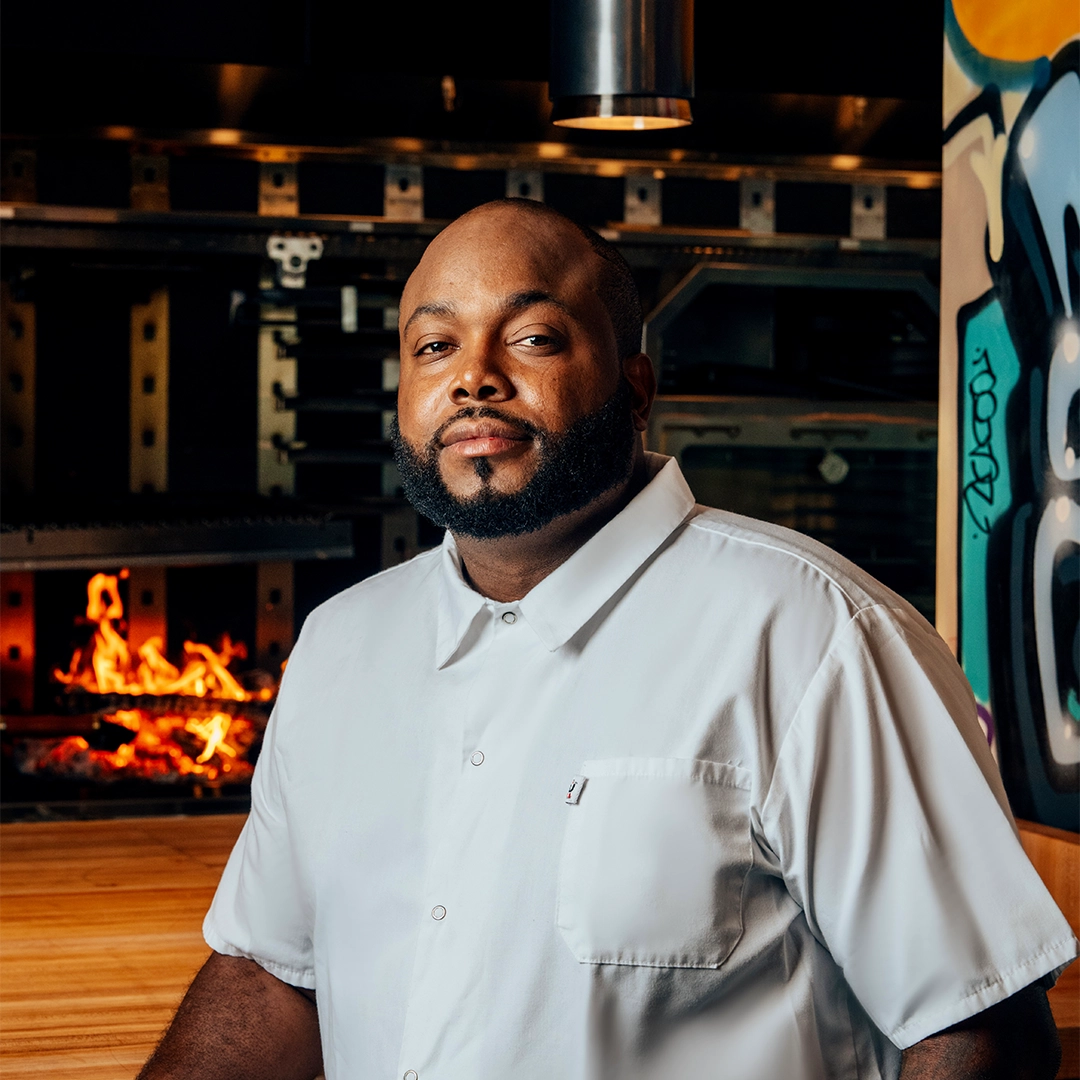by Steve Dollar | February 26, 2018
Eating Our Way Across the Gulf Coast in Oyster Shack-topia
A culinary trip around Florida’s Big Bend reveals the near-forgotten flavors and culture of the once vibrant oyster route along U.S. 98 and the iconic family-owned joints still shucking to keep the memories cooking.
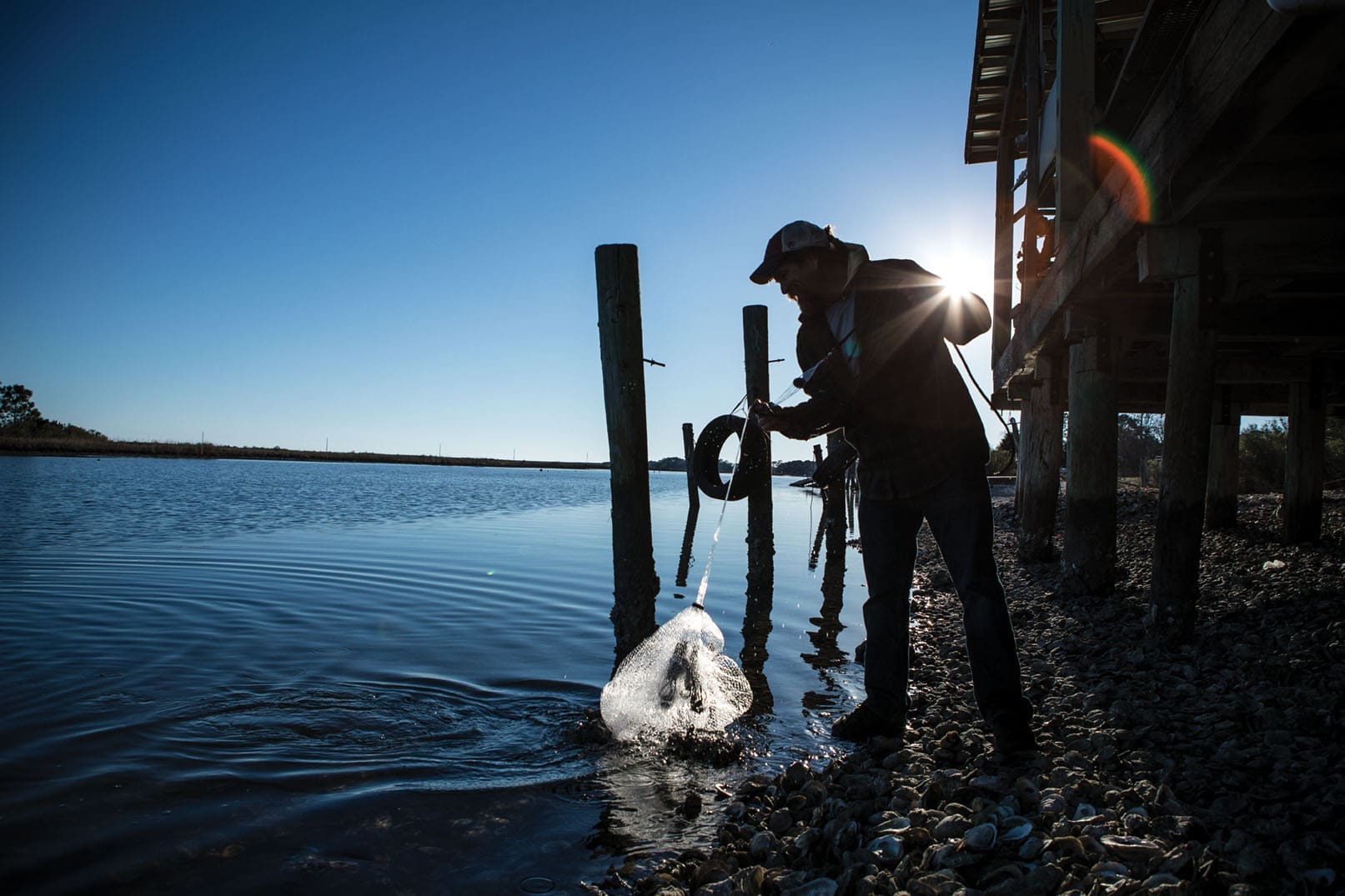
When I think about Florida, the state where I was born and raised, images from my childhood leap forward, flickering in my memory like a sun-streaked Super 8 home movie.
Brawny, gnarled oak trees dripping with Spanish moss. A family road trip to witness an Apollo launch from Kennedy Space Center, made complete with a tour of that ultimate Sunshine State 1960s status symbol: our cousin’s bomb shelter, a souvenir from the Cuban llendssile crisis. Screaming plunges into sinkholes, water ice-cube cold and crystalline. Watermelons straight from the field. And always, always, going to the coast.
Where to grub on the Big Bend’s best oysters
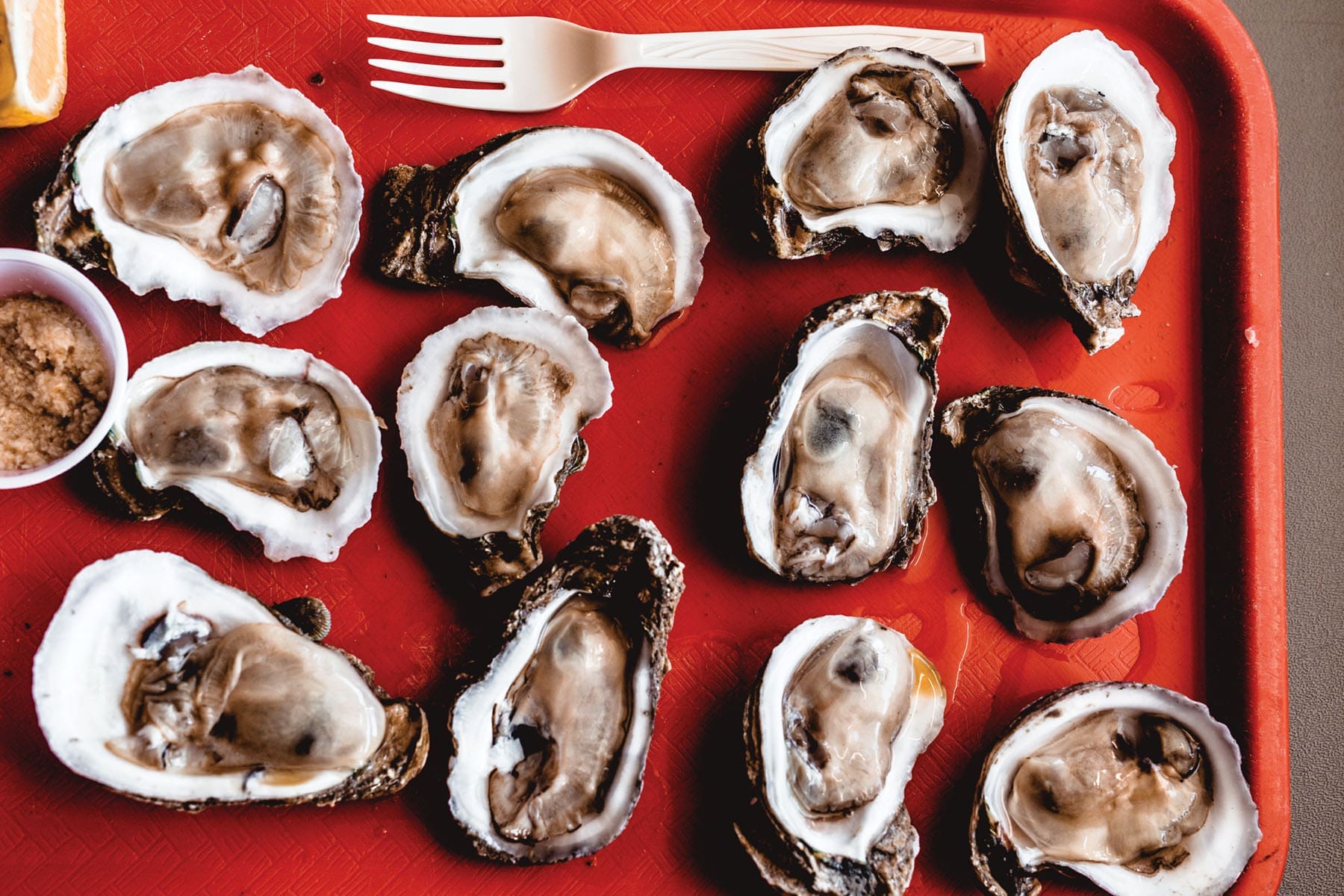
Everyone went to the beach, of course. For the day, for the weekend, for the week, everywhere along the Panhandle. The sand and surf, rental houses christened with names like “Divine Porpoise” and “A Shore Thing” perched high on stilts like sandpipers on their bandy legs, splashed in pastels of blue and yellow. That was a big part of it, but it wasn’t all of it, because “going to the coast” also meant seafood and stomach-rumbling pilgrimages to grease-soaked fish houses, tin-roofed oyster shacks and occasionally a more refined establishment.
They were scattered like driftwood along U.S. Route 98, the coastal road that stretches past St. Marks and Panacea along the Apalachee Bay, past Alligator Point, Carabelle, Eastpoint, St. George Island, Dog Island and Apalachicola, close by Indian Pass, St. Vincent Island and Cape San Blas, onto Port St. Joe, Mexico Beach and Panama City. The leisurely 125-mile ramble is a familiar path to almost anyone who grew up in the Big Bend, the pathway to a kind of birthright that was once abundant. There were all of those family-owned joints serving up fried mullet and grouper, shrimp and oysters—batter-fried, raw on the half shell, steamed, plopped in a milky stew—assembled like the last meal anyone would ever need to eat, ever could eat, in heaping captain’s platters, with hush puppies piled up on the lip of a plastic plate for good measure. Sides of cheese grits and fat slices of raw onion. Sometimes you got a bowl of dill pickles, cozied up to a miniature shrimp boat loaded with garlic butter and crackers.
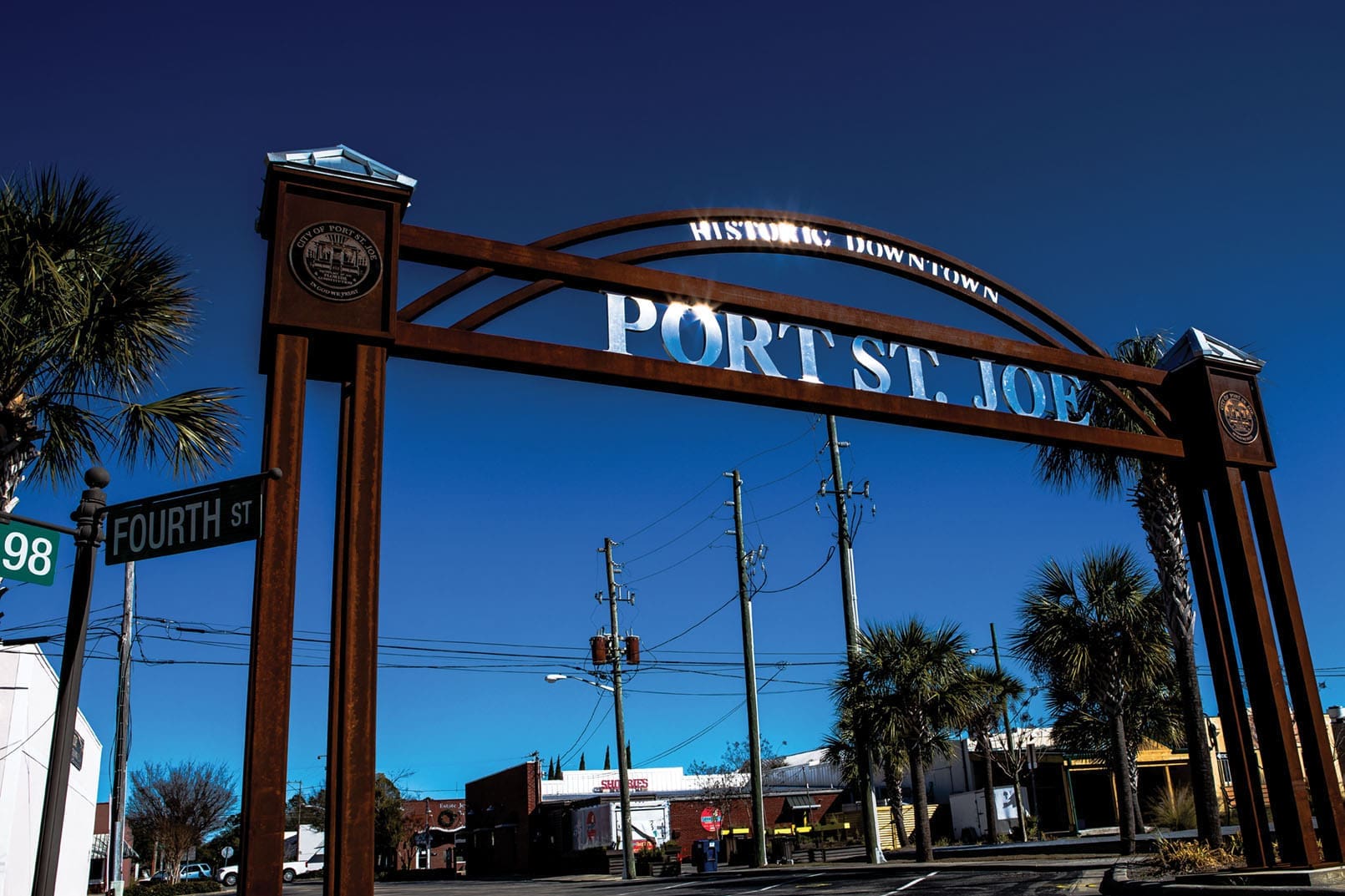
“There were five big fish houses here, mullet boats, 200 to 300 shrimp boats here at all times, probably 80 grouper boats and eight oyster houses. There were seafood trucks going everywhere. It was amazing,” says William Massey, reflecting on a kind of golden era for North Florida’s seafood industry, when the go-to restaurants were homey places christened with the first and middle names of the head cook and proprietor: Julia Mae’s, Martha Ann’s, Terry Lynn’s—mullet meccas whose proprietors had a folksy touch that wasn’t the same anywhere else.

Massey grew up in Carabelle and began fishing professionally when he was 11 years old. At 16, he was running a 166-foot boat on his own, fishing the Atlantic, from Cape Canaveral to Key West and all the way to Texas on two-month runs. Now a Franklin County commissioner, Massey hails from one of the handful of families that have been synonymous with the shellfish business around Apalachee Bay going back to 1941.
“I guess it was in my blood,” he says. “It’s been in my family for years and years. Five generations.”
Those days are long gone. A statewide net ban referendum, approved by 72 percent of Florida voters and instituted in 1995, forbid the use of entanglement nets. This was a terrible blow to the state’s prosperous commercial fishing industry, and a boon for sport fishermen. Meanwhile, recent years have seen the Apalachicola oyster, once so plentiful it could account for one out of every 10 oysters consumed in the United States, become scarce. The widely cherished bivalve sustained the Native American tribes that flourished in the local forests for millennia, and in modern times was considered one of the region’s prime exports. It was the best oyster you could swallow, known for its distinctive, subtle balance of brine and sweetness, liquid spilling in a clean, bracing rush as teeth sank into the meaty flesh.

Although there are multiple contributing factors to the demise of the Apalachicola oyster—hurricanes, red tide, overharvesting—the biggest culprit is the so-called “water war” between Florida and Georgia. Advocates for the two states stood before the United States Supreme Court in January 2018 to settle a dispute that has been heating up since the 1950s. That’s when the U.S. Army Corps of Engineers began building a series of five dams that restricted the flow of water into Apalachicola Bay from the Apalachicola-Chattahoochee-Flint River Basin. What was good for the ever-expanding metropolis of Atlanta was death for one of the most identifiably Floridian industries beyond orange groves and spaceships. Dan Tonsmeire, the Apalachicola riverkeeper, told USA Today that a dozen or so boats now oystering on the bay each bring in a mere two bags a day. A report published by the Florida Department of Agriculture and Consumer Services, and cited by the foodie website Eater, showed a drastic reduction in estimated end-of-season oyster populations in the two main reefs for oyster production in Apalachicola Bay. It plunged from near 180,000 in 2007 to around 20,000 in 2012.
The Supreme Court decision could take months to arrive, but it will be critical to any future for the Apalachicola oyster. “The oysters got to have some fresh water to live on,” Massey says. “If we don’t get no water down the Apalachicola from up north, the oysters won’t ever get no better.”
None of that means visitors can’t have a classic oyster shack experience. They’ll just be extremely lucky if their oysters come from the bay. More likely, their raw platter will brim with pelecypods from Texas or Louisiana, or, perhaps, some of the farmed versions that are becoming more available. One of the most popular stops is Indian Pass Raw Bar, on County Road 30A outside Apalachicola. The large, rustic restaurant—or “trading post” in the historical parlance its owners, the McNeil family, likes to use—hugs the side of the road across from a lagoon that will begin yielding an oyster harvest someday soon. A stage rises a few feet above a dirt parking lot, the site of frequent live concerts. Inside, dining tables share space with a long bar and shelves boasting an encyclopedic array of hot sauces such as Boss Man, Ed’s Red, and Texas Pete. Orders are placed via a checklist. Customers draw their own draft beers right from the tap and pay for them by the honor system. Best not cheat, the sheet warns. “Dishonorable friends will be prosecuted.”

The business was first launched in 1903 as a commissary serving the local turpentine workers. The current site was established in 1929 with the construction of the highway, and has passed through various identities over the decades, but the McNeil’s really only got deep into the shucking game after the one-two punch of hurricanes Elaine and Kate shut down the oyster industry in 1985, for a little over a year. The oysters came back for awhile, but for the family it made more sense to run a raw bar than to continue as wholesalers.
If Indian Pass Raw Bar, as beloved by New York designers on beach holidays as by Tallahassee state workers on a Lost Coast day trip, caters to broader tastes, Lynn’s Quality Oysters, off Highway 98 in Eastpoint, is a more fundamental experience. A handful of tables and a tiny oyster bar with a few stools make things cozy, and a display counter stocked with fish and shrimp for retail sale adds a distinctive aroma. A sign tacked to the counter advertises “Home Boys Homie Juice,” a bug repellent, with a cartoon illustration of a pie-eyed fish and a grinning show-biz worm doffing a top hat. Behind the counter, a burly, bearded shucker works his oyster knife with diligent focus, while carrying on a running dialogue with the customers and cracking jokes punctuated by his own robust laughter. Before you’ve finished your first dozen, the order goes in for another round of frosty Bud longnecks. This is a kind of heaven.
Like pretty much every oyster joint along this stretch, Lynn’s looks like a found object, an accidental artwork fashioned from the pearly gray mounds of discarded oyster shells that cluster alongside the building. There’s corny-comical signage (“Guarded 3 Nights Each Week, You Guess Which Ones,”), and the zesty vernacular branding of homegrown hot sauce labels. You may even find an actual art piece or two, like the one nailed up by the outside entrance: an American flag, crafted from part of a wooden crate, some red, white and blue paint, and a few oyster shells for stars.

Truthfully, the atmosphere and personalities in what I might call Shacktopia are as much a part of the appeal as the seafood. Even the extraordinary—and blissfully indulgent—dining at the long-abiding Spring Creek Restaurant isn’t complete without an introduction to the establishment’s paterfamilias, Leo Lovel. Lovel, who has overseen operations at Spring Creek since 1977, is a congenial repository of North Florida Gulf Coast lore, a business-minded outdoorsman whose fried-mullet paradise has weathered the decades of ups and downs suffered by the coast’s signature industry.
Lovel is the author of two volumes of short stories, including Spring Creek Chronicles, published in 2000, a book full of scenery-rich anecdotes, with titles like “Georgia Redneck Sunday Afternoon” and “He Gobbled Himself to Death,” about hunting and fishing in the “old Florida.” In “Grouper,” he captures the excitement of rising to an aquatic alarm clock on a fishing boat.
“It’s a good sound to wake up to, that heavy ‘thump’ on the deck. Then the staccato, short drumming that you know is a big grouper slamming his tail up and down, making you jump outta your bunk and run to your bandit.”
Lovel also writes in dramatic, unflinching terms of the economic devastation caused by the net ban a quarter-century ago: “Genocide. The elimination of a culture. No bullets in the head. No mass graves. No artillery fire or jets bombing, but genocide nonetheless. Proud, independent, historical, hard-working families and communities, hung out to whither, die and disappear from the loss of their livelihood.”
The Lovels stuck around. Their restaurant, which sits near the end of a forested road by the titular creek, is a few minutes from Panacea and Wakulla Springs. The spacious interior has the feel of a homey lodge, the portions are ridiculously abundant, and the catfish, mullet and grouper are fried light and fluffy. Spring Creek Restaurant is not the backwoods grease palace more common to these parts, a visit to which usually requires a post-prandial shampoo to get the slick out of your hair. The parking lot once teemed with stray felines, an inspiration for the song “Cat City,” by 1980s Tallahassee band Persian Gulf, but the frisky critters seem to have found elsewhere to prowl.
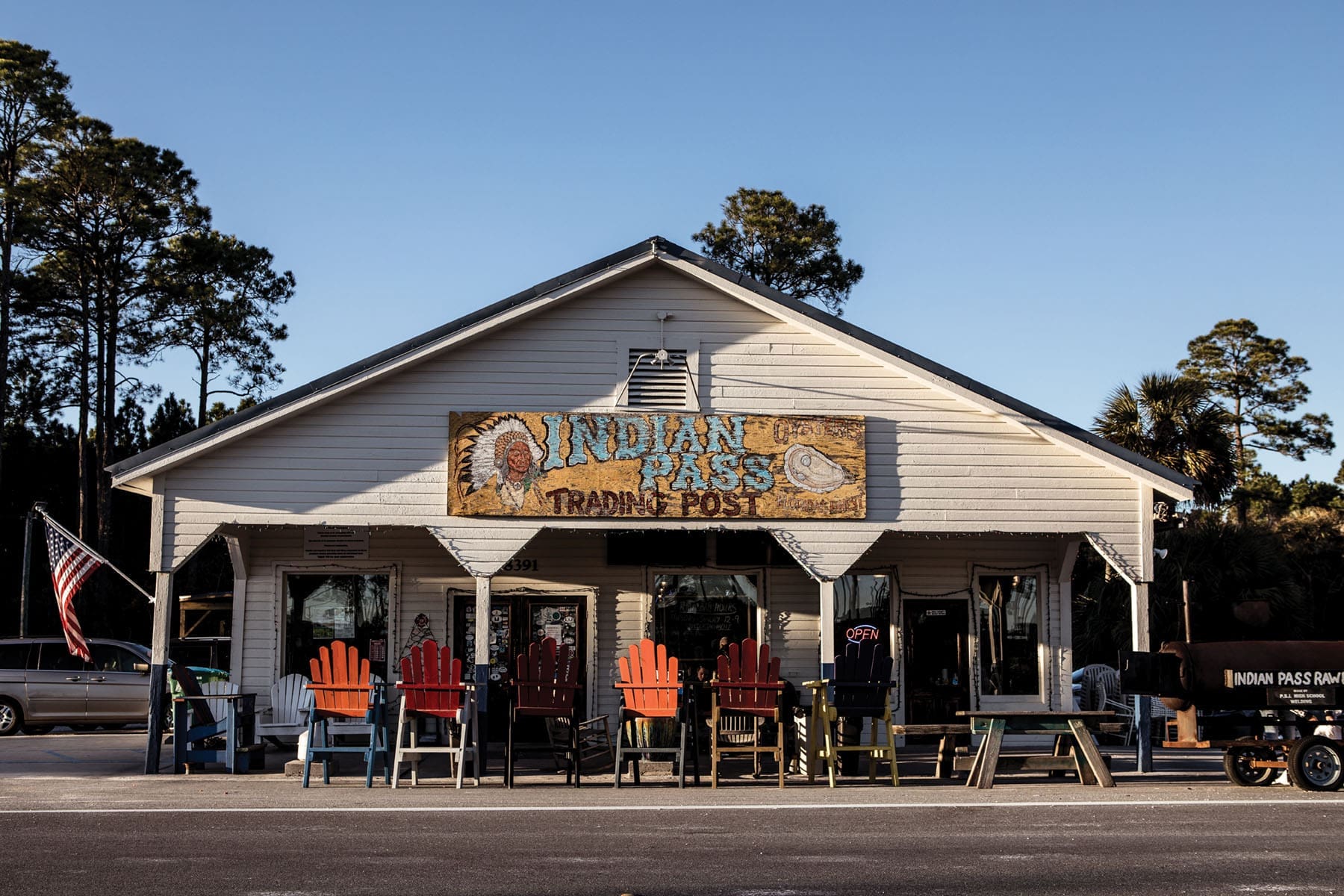
They’re missing out. To join friends here—to dig into a triple heap of oysters, shrimp, mullet, cheese grits, iceberg lettuce wedges and the sort of hand-cut French fries that should be a mandatory menu option but only ever seem to show up at places like Spring Creek—may be one of the region’s greatest pleasures. The coastal bounty is not what it once was, and nearby towns are slowly turning into ghosts of themselves, and yet this is not a flicker. It’s the flavor of something stronger than memory and eternally Florida.


